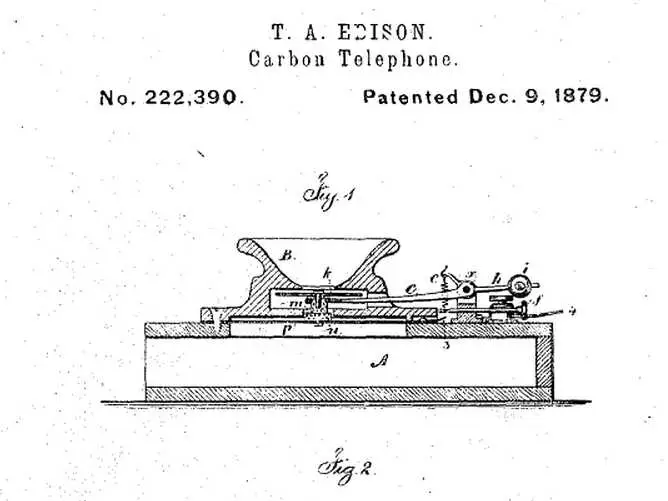Improving the Light Bulb
What is a filament?
Why does a light bulb work?
How did Thomas Edison persevere, or overcome, when things were difficult?
Though he received little formal education, Edison became one of history’s most well-known and successful inventors, patenting a record-setting 1,093 inventions throughout his life. (This is approximately equivalent to one patent every 11 days.) One day in 1888, he wrote down 112 ideas!
What is a patent?
Why do you think Thomas Edison wrote down his ideas?
Thomas Edison was born in 1847 and had a sense of curiosity from a young age. When he was 13, he began selling snacks to railroad passengers, selling copies of the Detroit Free Press, and printing his newspaper while on the moving train! His paper grew and sold 400 copies per week. As a young boy, Edison was both an inventor and an entrepreneur. An entrepreneur is someone who decides to create or run a business. But what set him apart was his approach to invention. He didn’t try to find a new problem to solve. Instead, he looked at what solutions had already been created and found ways to improve them. Edison referred to this as ‘perfecting’ rather than inventing. He took things that were already made and worked to make them better or less expensive.
What is ‘perfecting?’
In 1875, Edison built Menlo Park, an ‘Invention Factory’ with a two-story laboratory conducting chemistry experiments on the top floor and a machine shop on the lower level. The facility was the first research and development facility.
It was at Menlo Park that Edison and his team (known as ‘muckers’) perfected the incandescent light bulb (incandescent is a fancy way of saying that something lights up when it’s heated). In the 1870s, many homes were lit with gas lamps – which smelled terrible. A few cities had unbearably bright lights. Many scientists tried to make incandescent lamps for decades – but they didn’t stay lit long enough, were too expensive to make, or used too much energy. Edison and his muckers focused on experimenting with the filament, the part of a lightbulb that lights up when an electrical current heats it. They tried hundreds of materials. In October 1879, they used a carbon filament in a light bulb that could last for 14.5 hours. They used carbonized bamboo the following year, which burned for up to 1,200 hours!
What is Menlo Park?
Why were gas lamps unpleasant?




